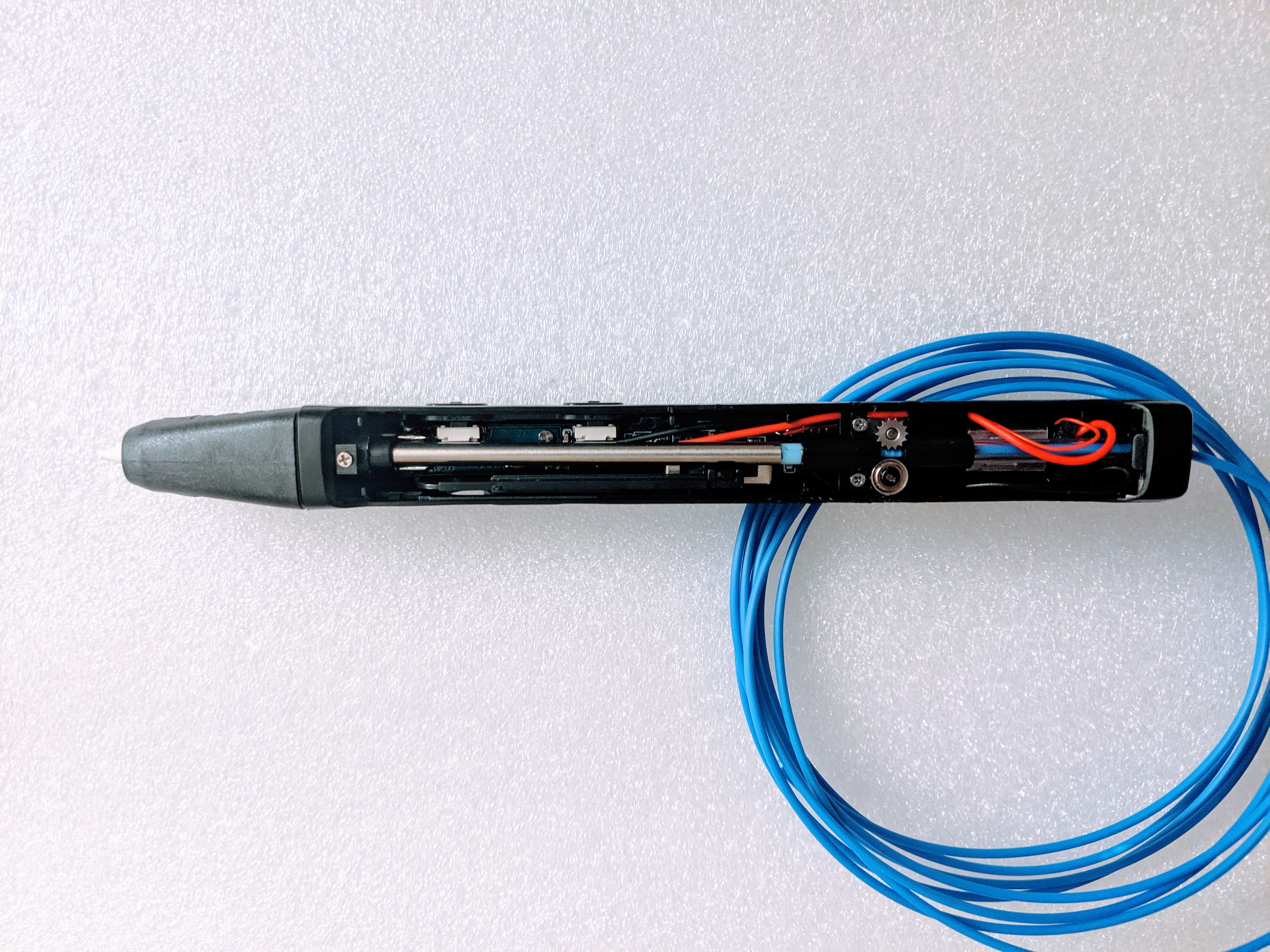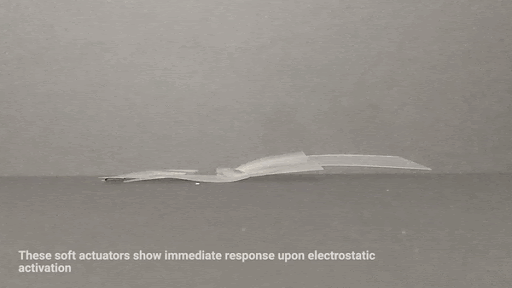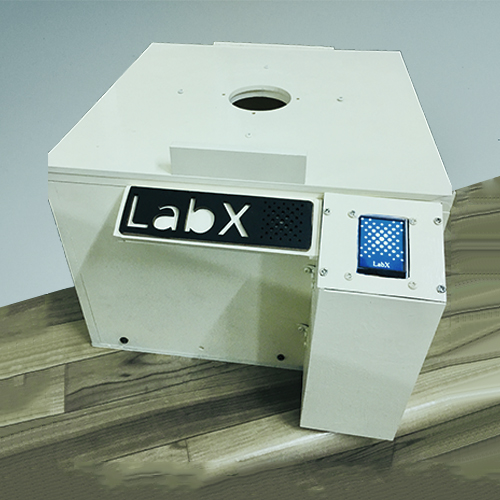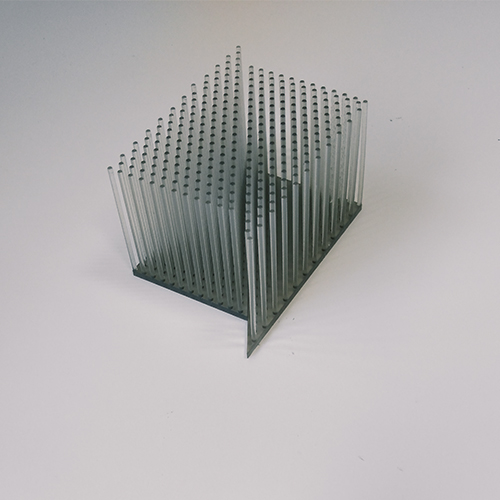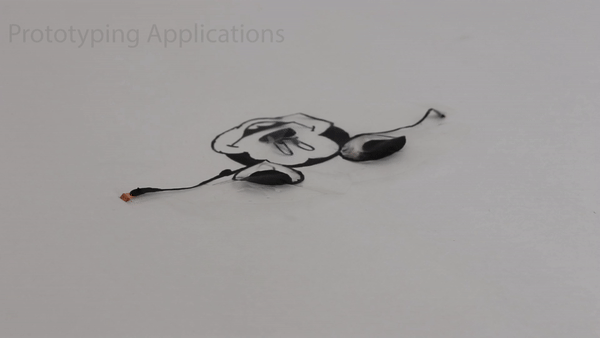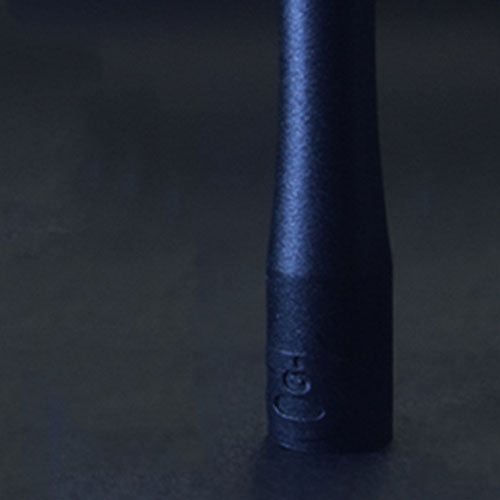Graphene Based Water Purifier
Water pollution is a serious concern in many parts of eastern and central India largely due to geographical conditions. One of the primary causes of water pollution in these regions is heavy metal contamination. To meet that challenge, while working on some basic adsorption properties of graphene (a new form of carbon with amazing properties), I came with the idea of incorporating graphene on a porous skeleton by forming various composites.

Porous structure of Graphene Chitosan Matrix
Thus, Graphene-based 3D porous xerogel was designed through molecular self-assembly of graphene oxide on chitosan (a biopolymer) matrix and its application in removal of different heavy metal ions from wastewater was investigated. The synthesized xerogel was characterized through FTIR, SEM, XRD and BET surface area analysis. Heavy metal ions, including Pb(II), Cd(II), and Hg(II), were removed from wastewater using this graphene-chitosan (GO-Cs) xerogel and the removal efficiency was monitored through inductively coupled plasma mass spectrometry (ICP-MS).
The effect of GO-Cs composition and pH on adsorption efficiency as well as the kinetics of adsorption was studied in detail. The study exhibited that this xerogel is more suited for the removal of Pb(II) than Cd(II) and Hg(II). It was demonstrated that the large surface area and highly porous structure of this nanomaterial make it a suitable candidate for the remediation of industrial wastewater pollutants.
